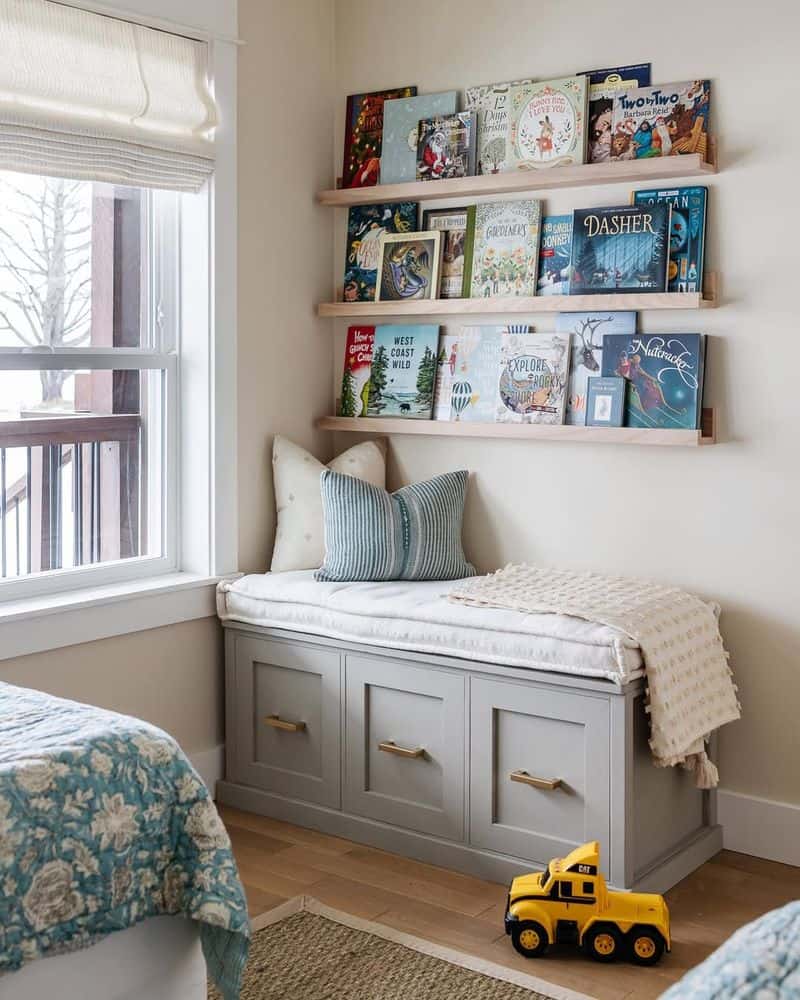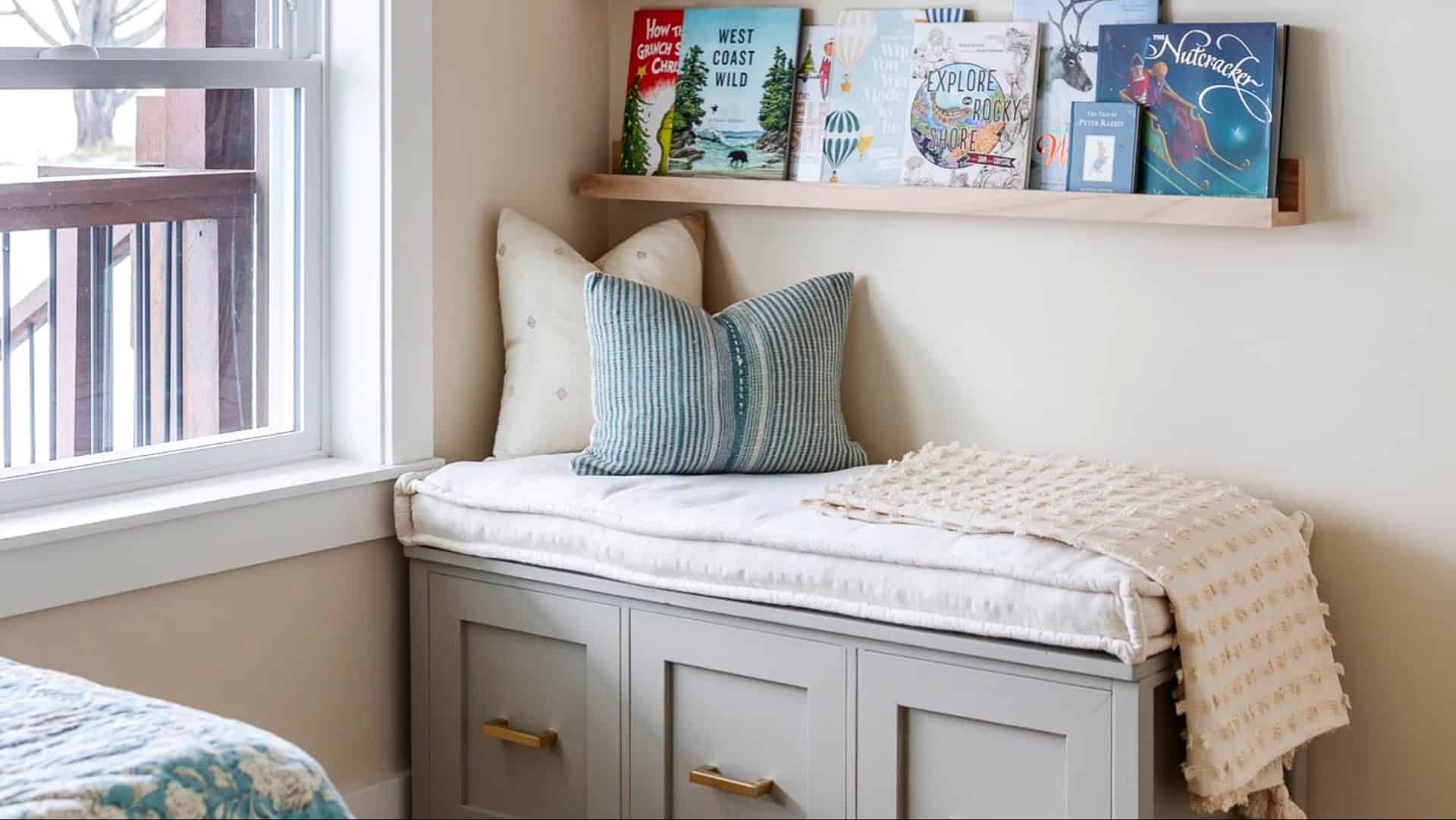Transforming your home into a homeschool haven doesn’t have to be daunting.
With a few strategic changes, you can create an engaging, efficient, and enjoyable learning environment.
Here are 11 super simple tips to guide you on this exciting journey!
1. Create a Dedicated Learning Space

Set up a specific area in your home solely for learning. This can be a corner in the living room or a spare room.
Personalize it with educational posters, globes, and books to stimulate curiosity. Ensure that the space is comfortable and free from distractions.
A dedicated spot helps children associate that area with learning, making it easier for them to focus and absorb information.
2. Incorporate Interactive Learning Tools

Use interactive tools such as tablets, board games, and puzzles to make learning fun. These tools cater to different learning styles and keep children engaged.
Incorporate apps and online resources that offer interactive lessons.
The goal is to make learning dynamic and enjoyable, encouraging children to explore subjects deeply and creatively.
3. Organize Supplies Efficiently

Keep art supplies, notebooks, and stationery neatly organized in bins or containers. Label each container for easy access.
This tidiness prevents clutter and saves time searching for materials.
When supplies are readily available, it encourages children to start their projects independently, fostering a sense of responsibility.
4. Set a Consistent Schedule

Establish a daily routine with designated times for each subject, breaks, and activities. A consistent schedule sets expectations and provides structure.
Children thrive on routine, and knowing what to expect helps them transition smoothly between activities.
This approach reduces stress and enhances productivity.
5. Incorporate Outdoor Learning

Take advantage of outdoor spaces for learning. Nature provides endless opportunities for exploration and discovery.
Set up a picnic table with books, tablets, and art supplies to facilitate outdoor lessons.
This change of scenery can refresh minds and inspire creativity, making lessons more memorable.
6. Utilize Online Resources

Access a plethora of online resources to complement traditional teaching methods. Websites, videos, and virtual tours can enrich your curriculum.
Online platforms offer diverse content that can cater to various interests and learning levels.
Integrating technology keeps learning current and provides valuable digital literacy skills.
7. Create a Reading Nook

Design a comfortable reading nook filled with diverse books to encourage reading. Use bean bags or cushions for comfort.
A well-stocked shelf invites children to explore new stories and topics.
This space promotes quiet time, helping children to relax and immerse themselves in the world of books, enhancing literacy.
8. Foster a Creative Environment

Encourage creativity by providing access to art supplies and craft materials. Set up an area where messes are okay and creativity can flow.
Projects in art or music can deepen understanding in other subjects by allowing self-expression.
Creativity fosters problem-solving skills and innovative thinking.
9. Involve Children in Planning

Let children have a say in planning their schedule or choosing projects. This involvement increases their investment in learning.
Kids appreciate having a voice, and it teaches decision-making skills.
When children contribute their ideas, they’re more likely to be enthusiastic and diligent about their studies.
10. Balance Screen Time

Maintain a healthy balance between screen time and physical activities. Too much screen time can lead to burnout.
Encourage regular breaks and outdoor play to keep children active and refreshed.
Balancing activities helps maintain a healthy lifestyle and keeps learning exciting and varied.
11. Celebrate Achievements

Recognize and celebrate achievements, no matter how small. Praise boosts confidence and motivation.
Use a bulletin board to display certificates, drawings, and progress charts.
Celebrating successes fosters a positive learning environment, making children feel valued and inspired to continue learning.

